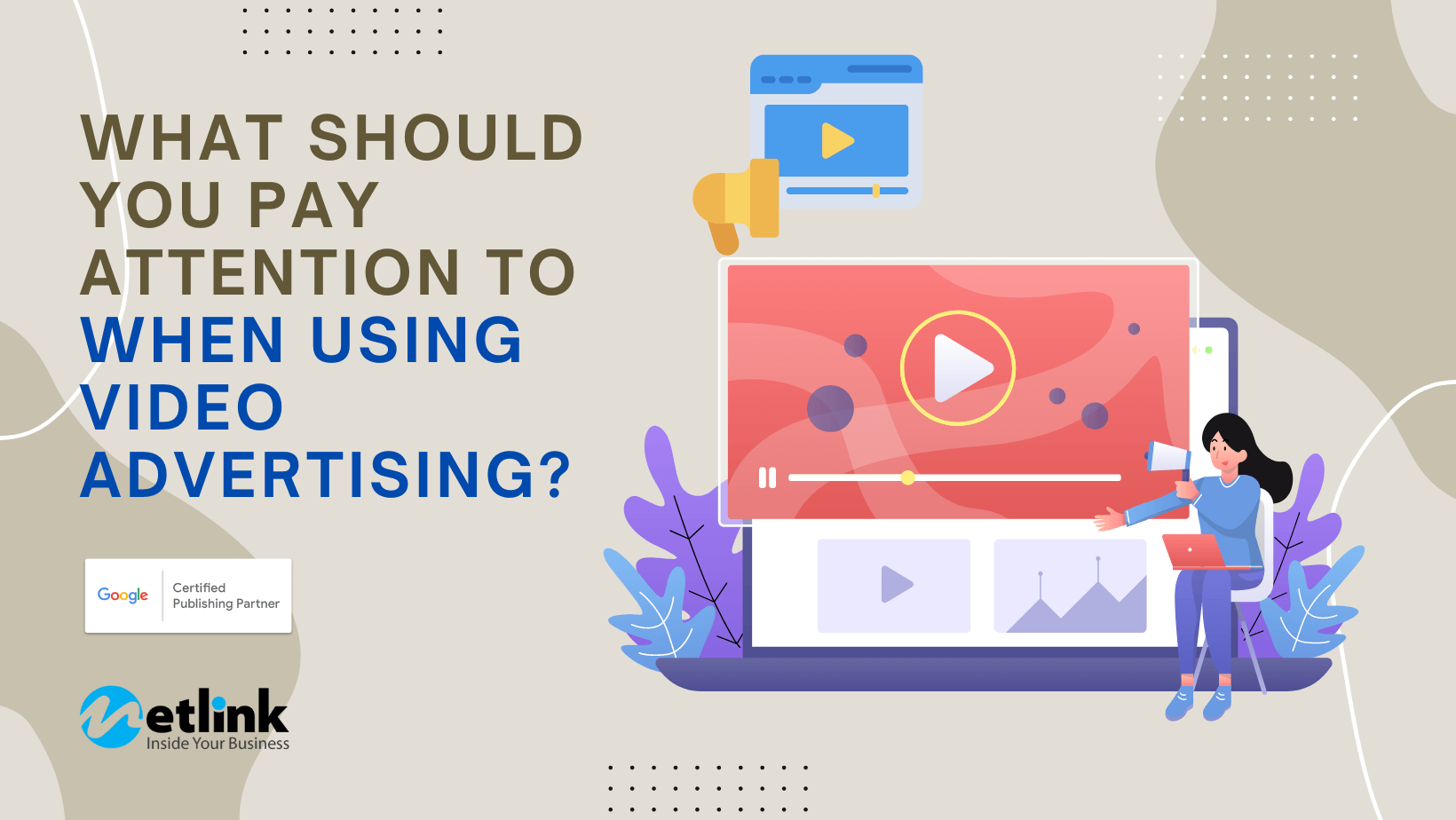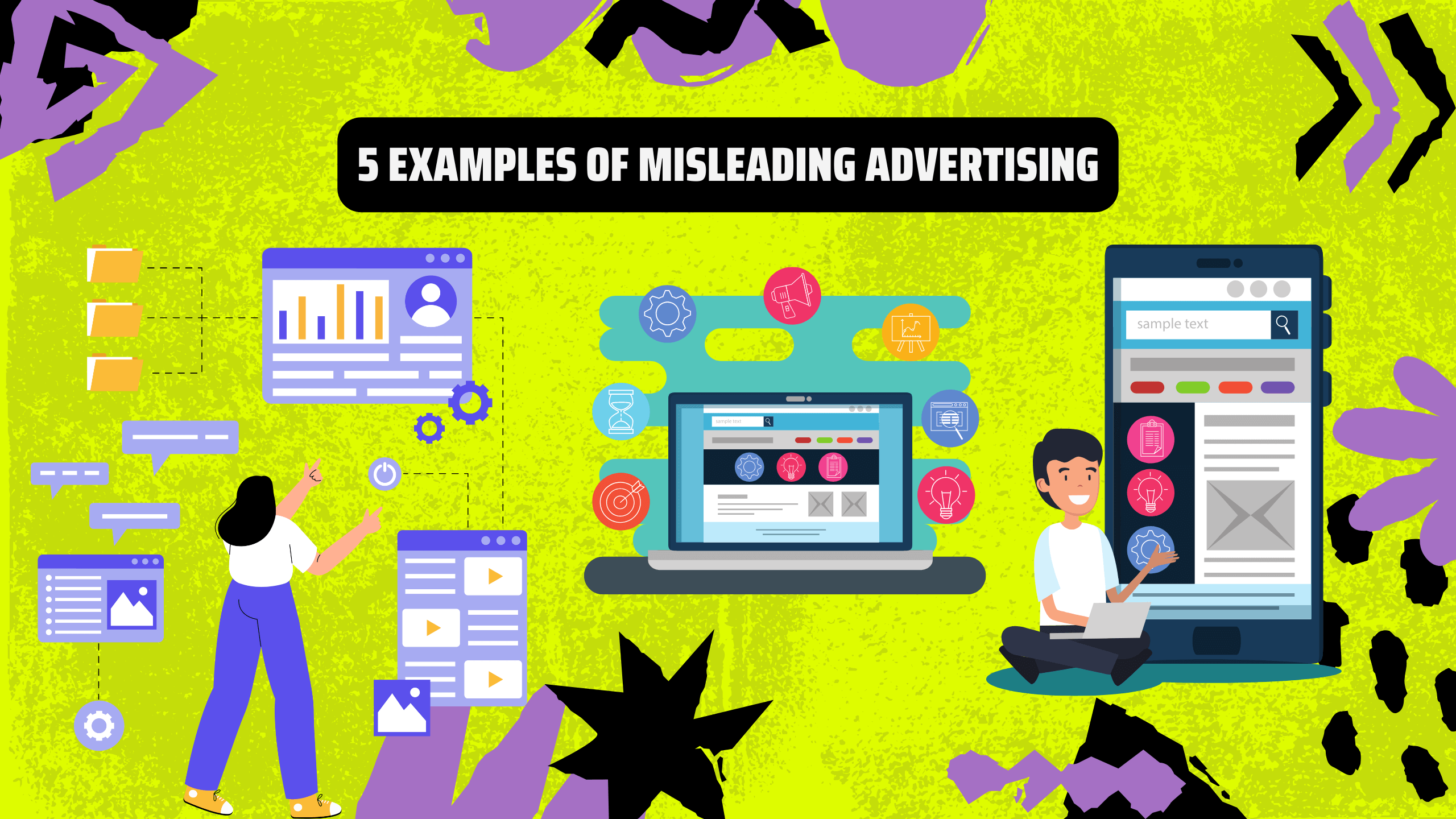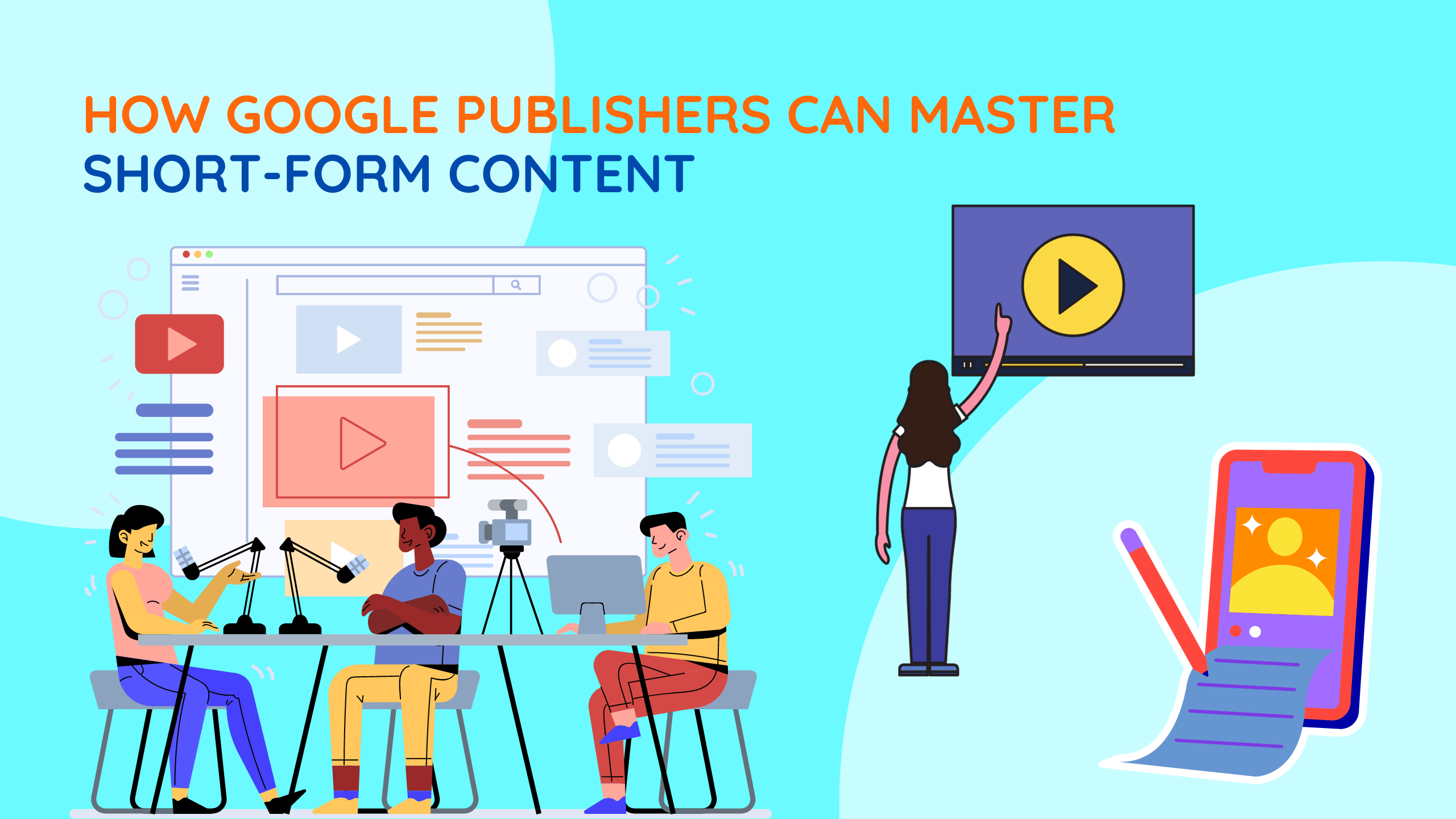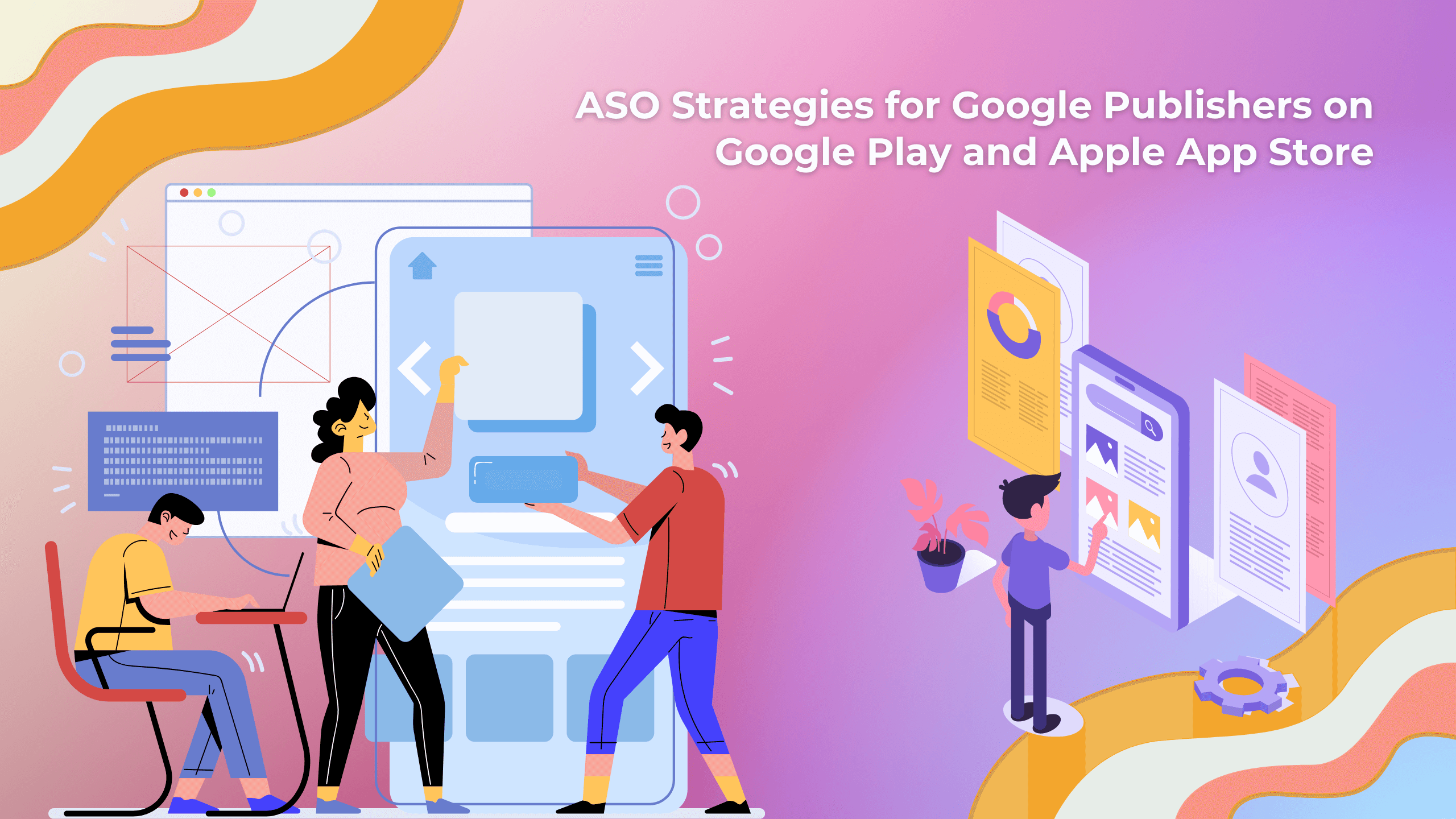In the ever-evolving landscape of digital advertising, one format has risen to prominence, captivating audiences and driving brand success – video advertising. As Google Publishers, understanding the ins and outs of this dynamic strategy is essential for engaging users, maximizing revenue, and staying ahead in the competitive online realm. In this comprehensive guide, we delve deep into the world of video advertising, answering key questions, exploring various types, deciphering its popularity, unveiling preferred formats, and peering into its promising future.
I. What is Video Advertising?
Video advertising is a compelling digital marketing strategy that leverages visual storytelling to convey messages, captivate audiences, and drive desired actions. It involves the use of video content within ad campaigns, harnessing the power of motion, sound, and imagery to create impactful and memorable experiences. From pre-roll ads before YouTube videos to interactive ads embedded within social media feeds, video advertising is versatile and offers a spectrum of possibilities.

II. Types of Video Advertising
– In-Stream Ads: These ads play before, during, or after video content. They include non-skippable ads, skippable ads, and mid-roll ads that appear during longer videos.
– Out-Stream Ads: Also known as native video ads, these auto-play videos are often found within editorial content, delivering a less intrusive user experience.
– Interactive Ads: These immersive ads encourage user engagement through interactive elements, quizzes, and clickable hotspots within the video.
– Social Media Video Ads: Tailored for platforms like Facebook, Instagram, and Twitter, these ads play within users’ feeds, aligning with the context of the platform.
– Explainer Videos: Educational and informative, These videos break down complex concepts, making them ideal for product demonstrations and tutorials.
– Live Streaming Ads: Capitalizing on the appeal of live content, these ads stream in real-time, fostering a sense of immediacy and authenticity.

III. The Popularity of Video Advertising
The meteoric rise of video advertising can be attributed to its unparalleled ability to convey emotions, stories, and brand messages in a captivating manner. Our brains are hardwired to respond to visual stimuli, making videos a potent tool for engagement. Moreover, the proliferation of smartphones and high-speed internet has made video consumption more accessible than ever, creating a massive audience that advertisers can tap into.
IV. Preferred Video Advertising Formats for Publishers
Among the myriad of video advertising formats, one stands out as a favourite among publishers – In-Stream Ads. These ads capitalize on the massive viewership of online videos, offering various subtypes to suit different viewer behaviours:
1. Non-Skippable Ads:
These short, compelling ads play before or during videos and cannot be skipped. While they ensure high visibility, they should be used judiciously to prevent viewer frustration.
2. Skippable Ads:
This user-friendly format allows viewers to skip the ad after a few seconds, balancing user experience with advertiser objectives.
3. Bumper Ads:
These are concise, non-skippable ads lasting six seconds or less. They require creativity to convey the message effectively within a limited timeframe.
V. How to Choose the Right Video Advertising Partners
Choosing the right video advertising partners is essential for publishers who want to maximize their revenue and reach their target audiences. Here are some factors to consider when making this decision:
– Revenue: Video advertising partners should offer competitive rates and a variety of monetization options.
– Reach: Video advertising partners should have a large inventory of high-quality video ads that can be targeted to the publisher’s audience.
– Data: Publishers can benefit from working with video advertising partners that have access to data about their audience. This data can be used to target ads more effectively and improve the overall user experience.
– Technology: Video advertising partners should offer a robust technology platform that can deliver ads seamlessly and efficiently. This will help to ensure that ads are not disruptive to users and that publishers are able to maximize their revenue.
– Support: Publishers need to be able to rely on their video advertising partners for support. Video advertising partners should offer 24/7 customer support and be responsive to publisher inquiries.

In addition to these factors, publishers should also consider the following tips when choosing video advertising partners:
– Do your research: Ask for recommendations from other publishers, read reviews, and compare different video advertising partners before making a decision.
– Negotiate terms: Don’t be afraid to negotiate terms with video advertising partners. Get the best possible rates and make sure that you are comfortable with the terms of the agreement.
– Monitor performance: Once you have chosen video advertising partners, it is important to monitor their performance. Make sure that you are getting the results that you expected and that the ads are not disruptive to users.
By following these tips, publishers can choose the right video advertising partners and maximize their revenue from video advertising.
VI. The Future of Video Advertising
As technology continues to advance, the future of video advertising looks promising. AI and machine learning will refine targeting, ensuring ads are delivered to the right audience at the right time. Interactive and personalized video experiences will become more prevalent, fostering deeper engagement. Additionally, as virtual and augmented reality gain traction, immersive video ads will offer an entirely new level of user experience.
Conclusion
In conclusion, video advertising stands as a formidable strategy that captures attention conveys stories, and drives actions. For Google Publishers, embracing video ads can open doors to greater revenue and audience engagement. By understanding its types, benefits, and preferred formats, publishers can navigate this vibrant landscape and position themselves for success in the ever-evolving realm of digital advertising. As technology propels us forward, video advertising will undoubtedly continue to shape the future of advertising as we know it.










